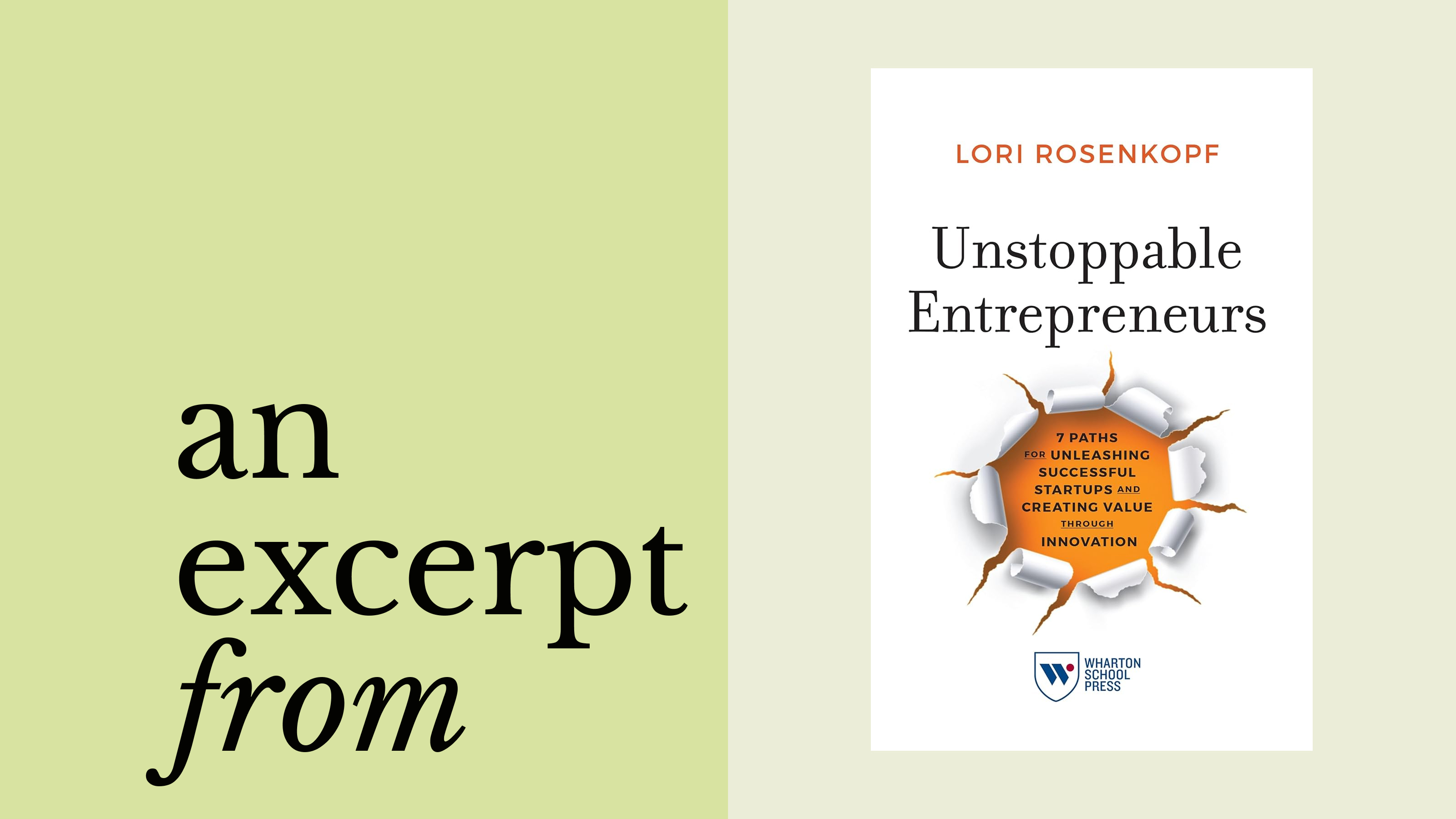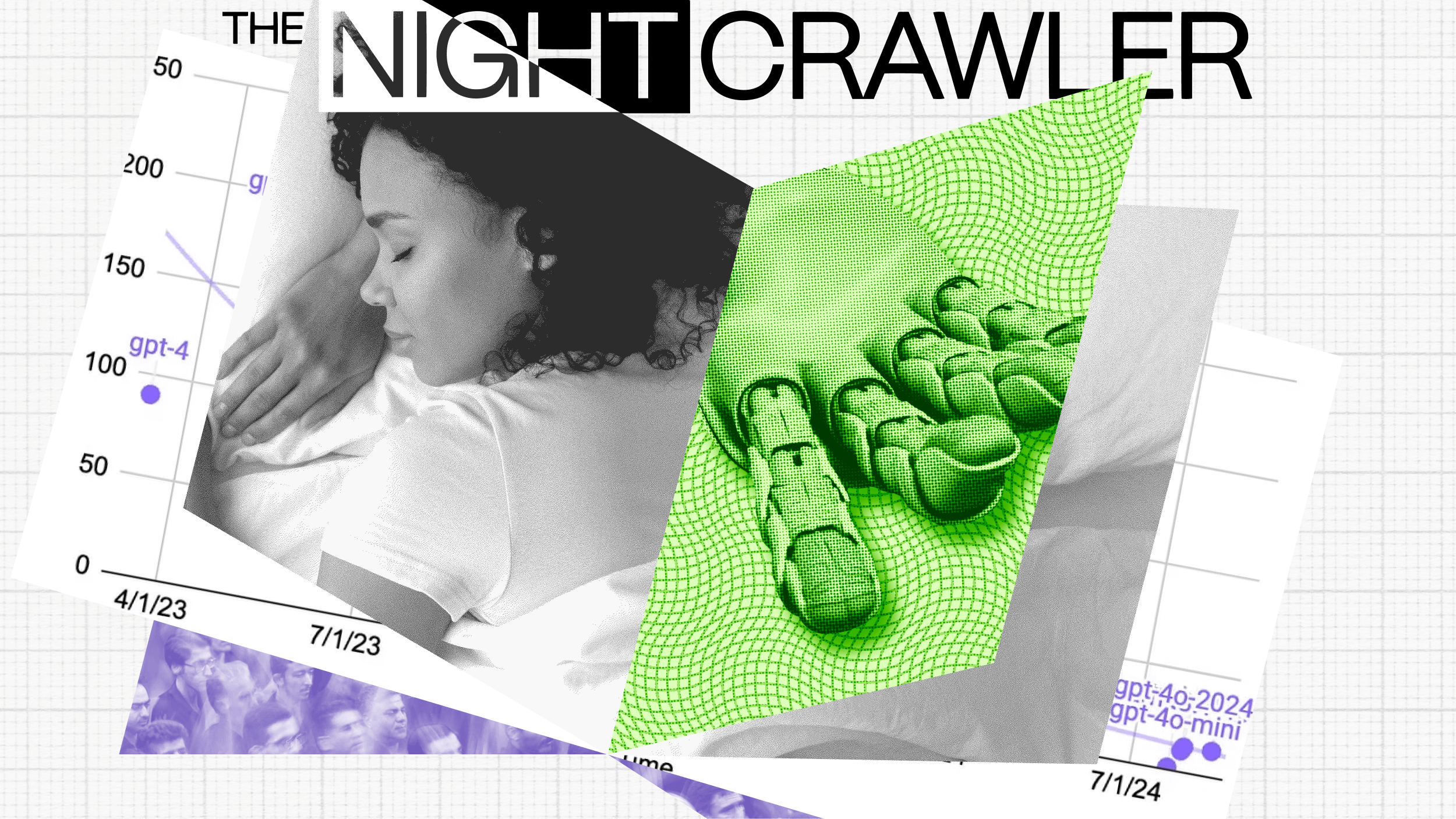A Portrait of the Artist as a Young Entrepreneur

Have you noticed that something in the digital zeitgeist has changed the way we think about creativity and commerce? Artists are no longer just “artists” – they are now entrepreneurs, marketing gurus and branding experts, all rolled up into one. You can thank creative “crowdfunding” sites like Kickstarter and RocketHub for that. They have helped to change the dynamic of how and why creative projects are funded. Instead of relying on a single patron or supporter, creative types are now able to mobilize groups of micro-patrons to provide funding for their projects. In many ways, an artistic project is now a lot like a start-up company.
To celebrate its two-year birthday last week, Kickstarter released figures about the level of support that creative projects on its site have attracted. In two years, over 600,000 people have ponied up over $50 million in financing for over 20,000 creative projects. That’s a tidy little sum of capital, even for a venture capitalist. What’s impressive is that financing is being raised literally $10 at a time from fans and supporters. That’s the point of micro-patronage: you can buy in to a project like a film or book at whatever level makes sense for you. As a result, Kickstarter is now growing at a rate of nearly 2,000 new projects a month.
By making it easier for the average person to play angel investor, some very unique projects are getting funded – projects that otherwise would have gone unnoticed. Last summer, Kickstarter hosted the first-ever Kickstarter Film Festival in Brooklyn to showcase some of the innovative films that were made with the help of these crowdsourced micro-donations. Just to give you an idea: one film (A Short Lecture of a Different Time) involved Nintendo graphics, Game Boy music, a spoken word performance, a discussion of theoretical physics and shadow puppetry. Talk about the Long Tail of creativity!
Think back to the scene in “The Social Network,” where Napster founder Sean Parker (played by Justin Timberlake) is waking up from a little one-night-stand with a lovely Stanford undergrad. He claims to be a “serial entrepreneur,” and she counters that he’s probably unemployed (“Ok, so what’s your latest preneur?”). And so it goes. An article by Susan Reid on the American Express OPEN Forum site for small business owners captured this zeitgeist perfectly: What exactly is the difference between a freelancer, a consultant and an entrepreneur?
What’s interesting is that the history of the prototypical “starving artist” traces out a nice little historical narrative from about the time of the Renaissance to modern times. During the Renaissance, you basically rented out your artistic ability to the patrons with the deepest pockets, and hoped for a commission from an Italian nobleman. Before the days of Internet crowdfunding, it was the role of government grant-making agencies, philanthropic non-profits and wealthy corporate philanthropists to provide the bulk of financing for artistic projects. (Unless your name happens to be Morgan Spurlock)
With a hat tip to Bourdieu, the Internet has blurred the line between the consumption of culture and the production of culture. Sites like Kickstarter make it possible for an artist to become a hustling entrepreneur. To get a creative project funded requires a mix of marketing savvy, digital social networking prowess, and, yes, the ability to summarize your project with a pithy, viral-like video. In short, everything a successful digital entrepreneur needs these days to hustle up some cash from deep-pocketed venture capitalists on Sand Hill Road.
And, for now, this unique convergence of creativity and commerce appears to be a good thing. When the artist is also an entrepreneur, it leads to a flowering and diversification of creativity in wonderful new ways. If James Joyce were writing today, he might even have been tempted to title his classic work A Portrait of the Artist as a Young Entrepreneur.





